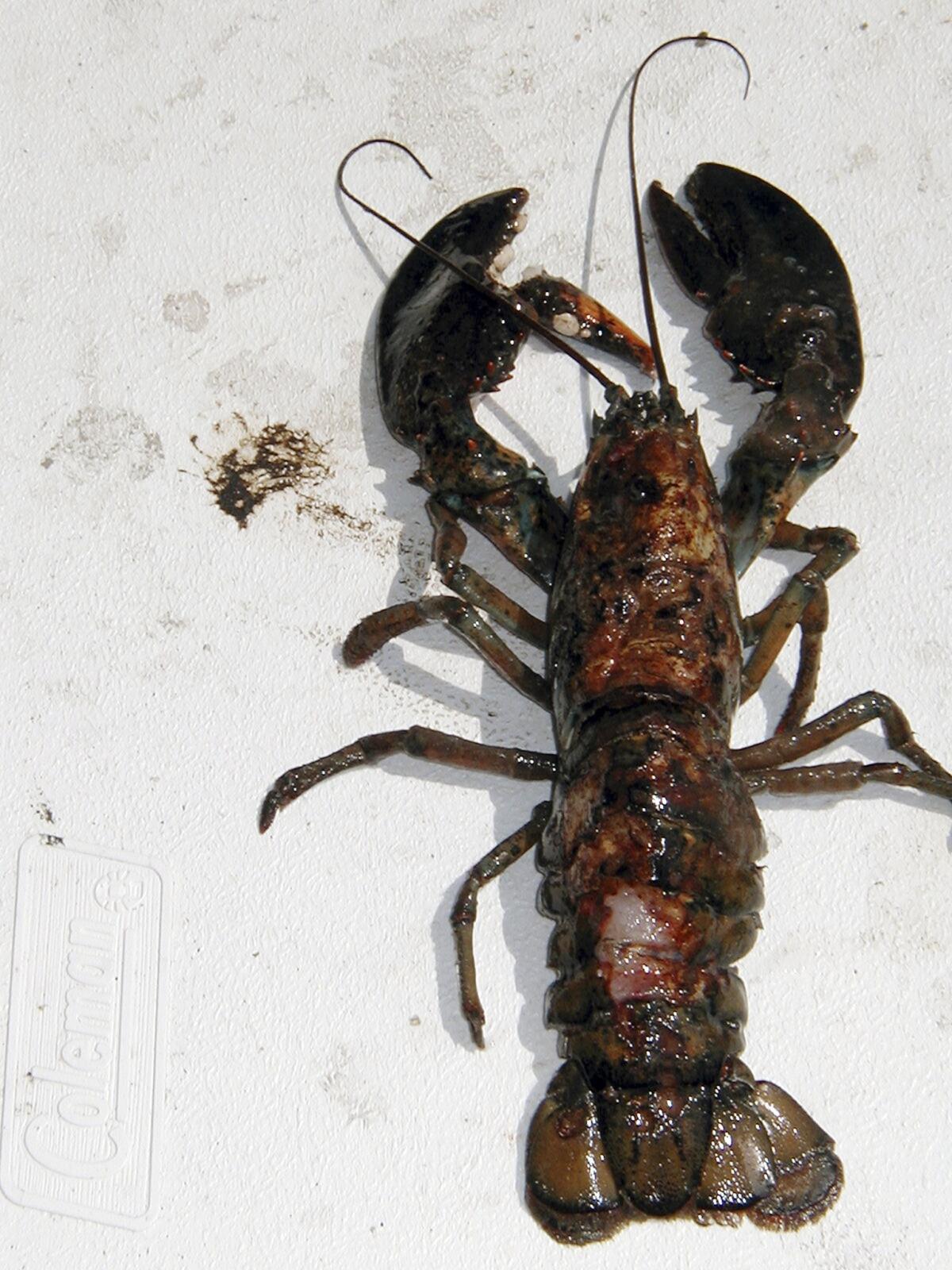Lobster shell disease is spreading -- but you can still eat the lobster

Lobster shell disease -- a nasty business that can cause the shell to discolor or rot off completely -- has affected the southern New England lobster industry and reportedly is on the move.
The disease turns the color of the lobster shells from their signature red to a mucky brown color, making the lobsters unmarketable. Although it affects the lobster shells, the disease does not affect the taste of the lobster or harm the people who eat it, one expert told the Associated Press.
The condition has plagued the southern New England lobster industry, the news outlet reports, and spread northward to lobster grounds off Maine.
Evidence of the disease first turned up in the Northeast the 1980s, according to the Rhode Island Sea Grant. The disease is caused by a bacteria that enters the outermost layer of the lobster shell through pores. If the bacteria causes the shell and the membranes beneath it to fuse together, this can stop the lobster from molting, a process in which the lobster releases its shell while growing.
In recent years, one in every three or four lobsters caught off southern Massachusetts and Rhode Island is diseased. In Maine, the number of diseased lobsters remains small, but the growth rate is alarming to some.
“I think when you have such a high dependence on single fishery, how could you not have a concern?” Carl Wilson, state lobster biologist with the Department of Marine Resources told the AP. “There can be threats to the lobster population that are completely out of the influence of the fishermen, so any change is going to be a concern.”
The disease is not contagious from lobster to lobster, and according to Kathy Castro, a fisheries biologist at the University of Rhode Island Fisheries Center, the disease could be linked to rising water temperatures, pollution and low oxygen levels in the water.
ALSO:
Stumptown opening doors soon at downtown cafe and roastery
Nakedwines.com: Crowdfunding indie wines the Kickstarter way
L.A.’s Alma named Bon Appetit’s best new restaurant of the year
More to Read
Eat your way across L.A.
Get our weekly Tasting Notes newsletter for reviews, news and more.
You may occasionally receive promotional content from the Los Angeles Times.







